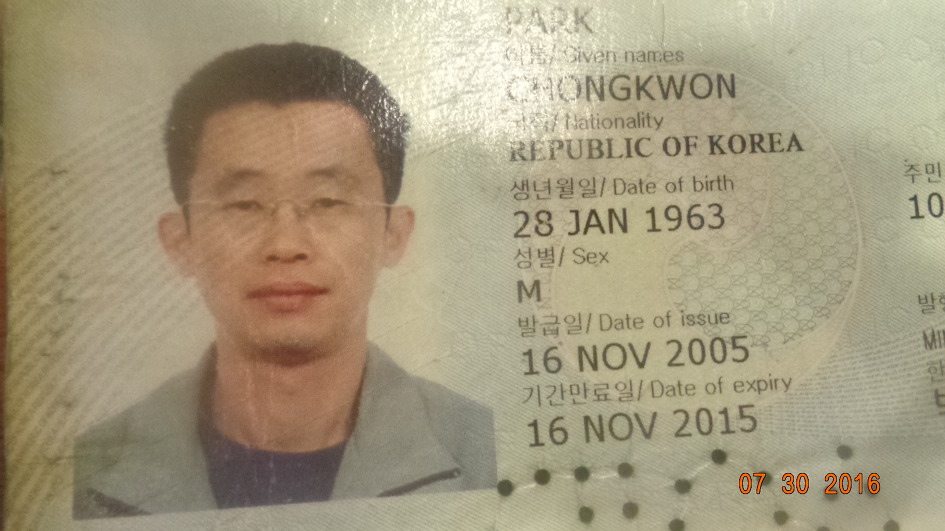Disruptive mood dysregulation disorder (DMDD) is a mental disorder in children and adolescents characterized by a persistently irritable or angry mood and frequent temper outbursts that are disproportionate to the situation and significantly more severe than the typical reaction of same-aged peers. DMDD was added to the DSM-5 as a type of depressive disorder diagnosis for youths.[1][2] The symptoms of DMDD resemble those of attention deficit hyperactivity disorder (ADHD), oppositional defiant disorder (ODD), anxiety disorders, and childhood bipolar disorder.[3]
Disruptive mood dysregulation disorder (DMDD) is a mental disorder in children and adolescents characterized by a persistently irritable or angry mood and frequent temper outbursts that are disproportionate to the situation and significantly more severe than the typical reaction of same-aged peers. DMDD was added to the DSM-5 as a type of depressive disorder diagnosis for youths.[1][2] The symptoms of DMDD resemble those of attention deficit hyperactivity disorder (ADHD), oppositional defiant disorder (ODD), anxiety disorders, and childhood bipolar disorder.[3]
DMDD first appeared as a disorder in the Diagnostic and Statistical Manual of Mental Disorders, Fifth Edition (DSM-5) in 2013[4] and is classified as a mood disorder.[3] Treatments include medication to manage mood symptoms as well as individual and family therapy to address emotion-regulation skills. Children with DMDD are at risk for developing depression and anxiety later in life.[3][4]
DMDD first appeared as a disorder in the Diagnostic and Statistical Manual of Mental Disorders, Fifth Edition (DSM-5) in 2013[4] and is classified as a mood disorder.[3] Treatments include medication to manage mood symptoms as well as individual and family therapy to address emotion-regulation skills. Children with DMDD are at risk for developing depression and anxiety later in life.[3][4]



댓글
댓글 쓰기